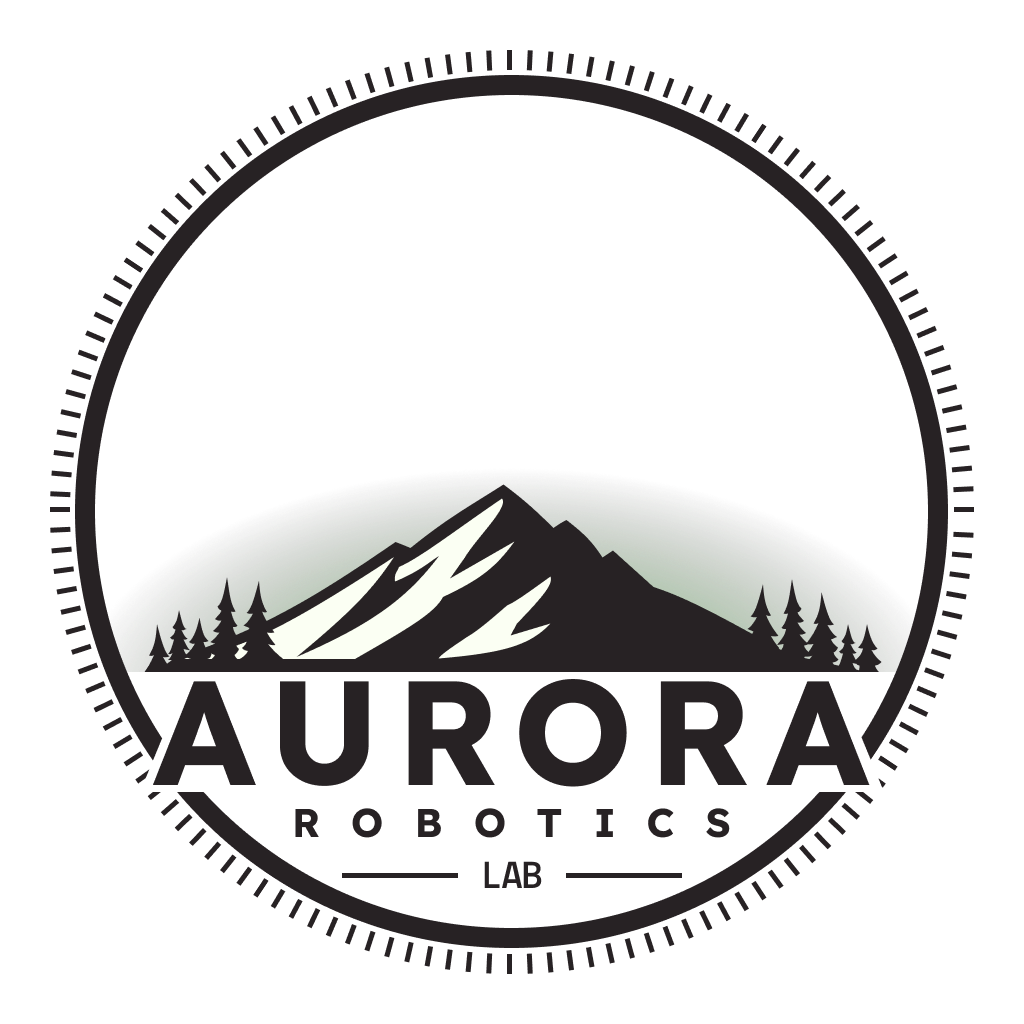LUMIN: Difference between revisions
Acmattson3 (talk | contribs) Referenced LUMINSim |
Acmattson3 (talk | contribs) Constricted thesis scope |
||
| (3 intermediate revisions by 2 users not shown) | |||
| Line 1: | Line 1: | ||
<h1>LUMIN (LUnar Mining and Infrastructure Network)</h1> | <h1>LUMIN (LUnar Mining and Infrastructure Network)</h1> | ||
<strong>LUMIN</strong> is a theoretical overarching control software designed to manage and coordinate robotic lunar operations. It acts as the central hub for autonomous and teleoperated systems, coordinating safe and efficient construction, mining, and transport across the lunar surface. | |||
<h2>Overview</h2> | <h2>Overview</h2> | ||
<p>The LUMIN control system | <p>The LUMIN control system works with various robotic platforms, including the [[L.A.M.P: Lunar, Autonomous, Modular Platform|Lunar, Autonomous, Modular Platform (LAMP)]] and [[Excahauler]]. The goal of LUMIN is flexibility, which is necessary for the incorporation of new tools, modules, and tasks as lunar infrastructure grows, especially in a multi-organizational context.</p> | ||
<p>[[LUMINSim]] is an open-source simulation | <p>[[LUMINSim]] is an open-source simulation of the LUMIN system, though many proposed LUMIN features are still in the process of development.</p> | ||
== [[User:Acmattson3|Andrew Mattson's]] Thesis == | |||
LUMIN, developed in [[LUMINSim]], will be the core of [[User:Acmattson3|Andrew Mattson's]] master's thesis for the Summer 2025, Fall 2025, and Spring 2026 semesters at the [https://www.uaf.edu/uaf/ University of Alaska Fairbanks]. As of July 7th, 2025, Andrew's thesis is titled '''''Multi-Organizational Robot Coordination and Communication via Realistic Lunar Surface Simulation''','' and he will attempt to answer the question: ''Can autonomous robotic systems effectively coordinate tasks, maintain communication, and manage operational safety zones using [https://www.nasa.gov/humans-in-space/lunanet-empowering-artemis-with-communications-and-navigation-interoperability/ LunaNet] on the lunar surface when operating under constraints such as limited line-of-sight (LOS), signal degradation, and delays, while in a multi-organizational context?'' | |||
<p>LUMIN's primary functions include:</p> | His project aims to: | ||
* Extend the [[LUMINSim|GodotRobot (LUMINSim) Lunar Mining Simulator]] to simulate realistic communication challenges including LOS, signal degradation, and delayed transmission. | |||
* Evaluate the effectiveness of [https://www.nasa.gov/humans-in-space/lunanet-empowering-artemis-with-communications-and-navigation-interoperability/ LunaNet] in realistic lunar conditions. | |||
* Implement dynamic safety zones to test [https://www.nasa.gov/artemis-accords/ Artemis Accords]-inspired coordination constraints. | |||
* Perform incremental testing, scaling from basic two-node scenarios to complex multi-robot networks involving satellites, towers, and robots. | |||
== Core Functions == | |||
<p>LUMIN's primary functions will include:</p> | |||
<ul> | <ul> | ||
<li><strong> | <li><strong>Coordination:</strong> Managing operations across the lunar surface, including but not limited to robotic platforms like [[L.A.M.P: Lunar, Autonomous, Modular Platform|LAMP]] and [[Excahauler]], to carry out construction, mining, transport, resource distribution, and maintenance tasks safely and efficiently in accordance with the [https://www.nasa.gov/artemis-accords/ Artemis Accords].</li> | ||
<li><strong>Data Collection and Analysis:</strong> Gathering information | <li><strong>Data Collection and Analysis:</strong> Gathering information while working on the lunar environment to improve decision-making and research.</li> | ||
<li><strong>Communication:</strong> Providing a reliable communication network ([https://www.nasa.gov/humans-in-space/lunanet-empowering-artemis-with-communications-and-navigation-interoperability/ LunaNet]) for all lunar operations.</li> | |||
<li><strong>Communication:</strong> Providing a reliable communication network for all | |||
</ul> | </ul> | ||
<h2>Future Developments</h2> | <h2>Future Developments</h2> | ||
<p>As lunar operations expand, LUMIN will continue to | <p>As lunar operations expand, LUMIN's feature set will continue to grow, especially as [[User:Acmattson3|Andrew Mattson]] completes his master's thesis.</p> | ||
Latest revision as of 12:28, 6 September 2025
LUMIN (LUnar Mining and Infrastructure Network)
LUMIN is a theoretical overarching control software designed to manage and coordinate robotic lunar operations. It acts as the central hub for autonomous and teleoperated systems, coordinating safe and efficient construction, mining, and transport across the lunar surface.
Overview
The LUMIN control system works with various robotic platforms, including the Lunar, Autonomous, Modular Platform (LAMP) and Excahauler. The goal of LUMIN is flexibility, which is necessary for the incorporation of new tools, modules, and tasks as lunar infrastructure grows, especially in a multi-organizational context.
LUMINSim is an open-source simulation of the LUMIN system, though many proposed LUMIN features are still in the process of development.
Andrew Mattson's Thesis
LUMIN, developed in LUMINSim, will be the core of Andrew Mattson's master's thesis for the Summer 2025, Fall 2025, and Spring 2026 semesters at the University of Alaska Fairbanks. As of July 7th, 2025, Andrew's thesis is titled Multi-Organizational Robot Coordination and Communication via Realistic Lunar Surface Simulation, and he will attempt to answer the question: Can autonomous robotic systems effectively coordinate tasks, maintain communication, and manage operational safety zones using LunaNet on the lunar surface when operating under constraints such as limited line-of-sight (LOS), signal degradation, and delays, while in a multi-organizational context?
His project aims to:
- Extend the GodotRobot (LUMINSim) Lunar Mining Simulator to simulate realistic communication challenges including LOS, signal degradation, and delayed transmission.
- Evaluate the effectiveness of LunaNet in realistic lunar conditions.
- Implement dynamic safety zones to test Artemis Accords-inspired coordination constraints.
- Perform incremental testing, scaling from basic two-node scenarios to complex multi-robot networks involving satellites, towers, and robots.
Core Functions
LUMIN's primary functions will include:
- Coordination: Managing operations across the lunar surface, including but not limited to robotic platforms like LAMP and Excahauler, to carry out construction, mining, transport, resource distribution, and maintenance tasks safely and efficiently in accordance with the Artemis Accords.
- Data Collection and Analysis: Gathering information while working on the lunar environment to improve decision-making and research.
- Communication: Providing a reliable communication network (LunaNet) for all lunar operations.
Future Developments
As lunar operations expand, LUMIN's feature set will continue to grow, especially as Andrew Mattson completes his master's thesis.
